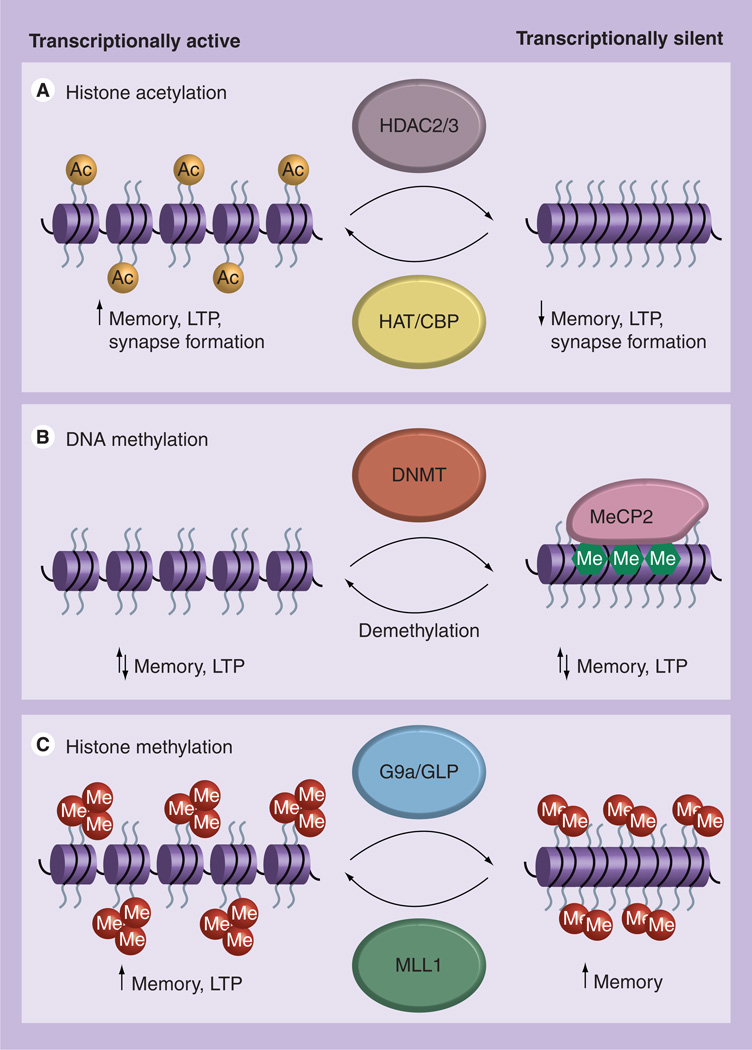Figure 1. Epigenetic modifications in mature hippocampal neurons during memory formation and storage.
(A) Histone acetylation mediated by CBP HAT activity contributes to long-term memory storage, LTP and synapse formation. Blockade of histone deacetylation, as well as indications of nonhistone protein deacetylation, via pharmacological inhibition of HDAC2 and/or HDAC3 is likely to result in a hyperacetylated chromatin structure state, which leads to an enhancement in memory, LTP and increased synapse number. (B) Alterations in both DNA methylation and DNA demethylation have been demonstrated to occur at specific memory-related gene promoters in response to learning and synaptic activity. Studies involving loss of DNMT1 or DNMT3a activity indicate that both DNA methylation and DNA demethylation are important to the process of memory storage and LTP. MeCP2 has been demonstrated to bind methylated DNA to facilitate both active-gene transcription and gene silencing during memory formation. (C) Learning-induced changes in histone methylation represented by the active transcription mark, histone H3 lysine 4 trimethylation (H3K4me3), and the repressive transcription mark, histone H3 lysine 9 dimethylation (H3K9me2), support the idea that both gene activation and gene silencing are necessary for memory formation. Studies utilizing transgenic mice and pharmacological inhibitors indicate that alterations to H3K4me3, via MLL1, or H3K9me2 via G9a/GLP, lead to memory deficits as well as decreased LTP.
DNMT: DNA methyltransferase; HAT: Histone acetyltransferase; HDAC: Histone deacetylase; LTP: Long-term potentiation; MeCP2: Methyl-CpG binding protein 2.

